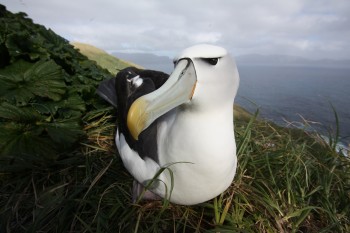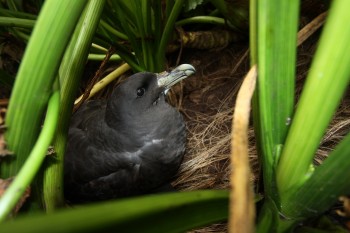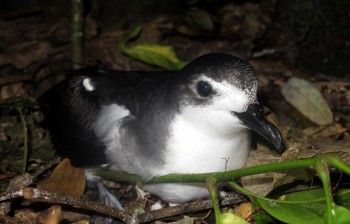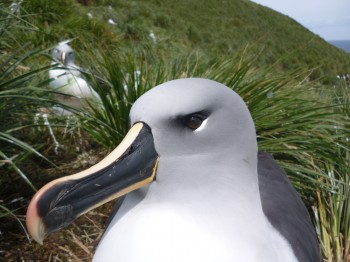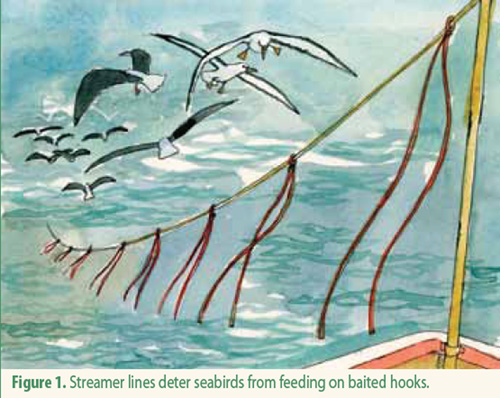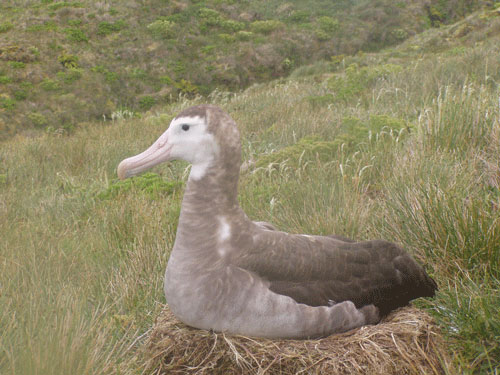Martina Müller (Graduate School of Environmental Studies, Nagoya University, Japan) and colleagues have published in the journal Animal Behaviour on whether Scopoli’s Shearwater partners stay together at sea. “We found that partners migrate to similar wintering areas along the coast of Africa. But they don't seem to be coordinating their movements because they didn't travel together. So why then do partners migrate to the same places? We found evidence pointing to inbreeding: individuals breeding closer to each other in the colony tend to be more closely related and also to migrate to similar destinations.”
The paper’s abstract follows:
“Long-term pair bonds occur in diverse animal taxa, but they are most common in birds, and can last from a few years to a lifetime. In many of these species, after the reproductive season, birds migrate to distant nonbreeding grounds where they remain for several months, and until recently, little was known about whether partners maintain contact during migration. This gap in knowledge was primarily due to past methodological difficulties in tracking long-term, large-scale movements of individuals. However, the development of new animal-borne geolocation devices has enabled researchers to track movements of individuals for a year or more. We tracked the annual migrations of both members of breeding pairs of Scopoli's shearwaters,Calonectris diomedea, breeding on Linosa Island (Italy) and found that although they did not migrate together, they did spend a similar number of days travelling to and from similar terminal nonbreeding areas. Although migration destinations were alike, they were not identical. That partners did not appear to travel or spend time together in the nonbreeding season suggests that similarities were not due to behavioural coordination. We performed additional analyses to uncover alternative, potential proximate mechanisms. First, we found that body mass of breeding adults during the chick-rearing period correlated positively with the decision to migrate further south, so conceivably pair members may migrate to similar areas because of shared reproductive costs; however, partners were not of similar body mass. Distances between nonbreeding areas for individuals that nested closer together were smaller than for individuals that nested far apart. As neighbours tend to be more closely related due to high natal philopatry, this suggests that similarities within pairs in migration behaviour may reflect the influence of shared genes on migration strategy.”
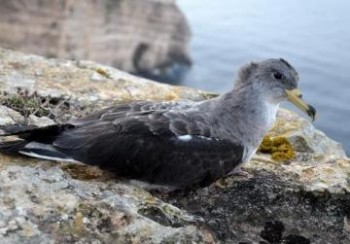
A Scopoli's Shearwater gets ready to fledge, photograph by Jacob Gonzalez-Solis
Reference:
Müller, M.S., Massa, B., Phillips, R.A. & Dell'Omo, G. 2015. Seabirds mated for life migrate separately to the same places: behavioural coordination or shared proximate causes? Animal Behaviour 102: 267-276.
John Cooper, ACAP Information Officer, 08 February 2015

 English
English  Français
Français  Español
Español 
